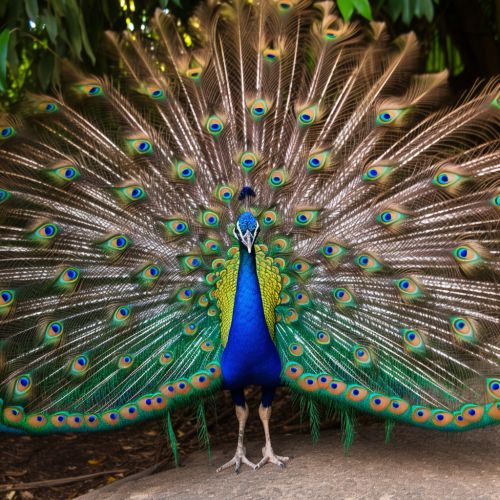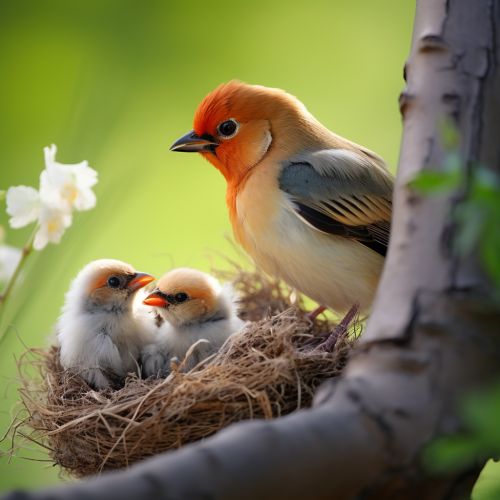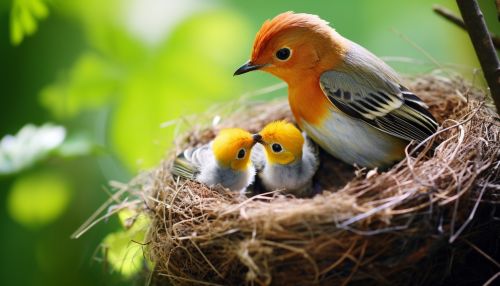The Biological Mechanisms of Animal Reproductive Behavior
Introduction
Animal reproductive behavior encompasses a wide range of activities, behaviors, and physiological processes that animals employ to reproduce. This article delves into the biological mechanisms that underpin these behaviors, providing a comprehensive and detailed examination of the subject.
Hormonal Control of Reproductive Behavior
Hormones play a crucial role in regulating reproductive behavior in animals. The hypothalamic-pituitary-gonadal (HPG) axis is a key hormonal system involved in this regulation. The HPG axis consists of the hypothalamus, pituitary gland, and gonads (ovaries in females and testes in males).
The hypothalamus produces gonadotropin-releasing hormone (GnRH), which stimulates the pituitary gland to release two hormones: follicle-stimulating hormone (FSH) and luteinizing hormone (LH). These hormones then act on the gonads, stimulating them to produce sex hormones (estrogens in females and androgens in males) that influence reproductive behavior.
Sexual Selection and Reproductive Behavior
Sexual selection, a concept first proposed by Charles Darwin, is a powerful driving force behind animal reproductive behavior. This process involves preferential mating with individuals possessing certain traits, leading to the propagation of these traits in subsequent generations.
Sexual selection can take the form of intrasexual selection (competition among individuals of the same sex for mates) or intersexual selection (choice of mates by individuals of one sex). These mechanisms can lead to the evolution of complex mating rituals, elaborate physical traits, and other reproductive behaviors.


Mating Systems and Reproductive Behavior
The type of mating system an animal species adopts can significantly influence its reproductive behavior. Mating systems in animals include monogamy (one male mates with one female), polygyny (one male mates with multiple females), polyandry (one female mates with multiple males), and promiscuity (both males and females have multiple mates).
Each of these systems has its own set of reproductive behaviors. For example, in monogamous species, males often engage in mate-guarding behavior to prevent other males from mating with their female partner. In contrast, in polygynous species, males often display aggressive behavior to establish dominance and secure access to multiple females.
Parental Care and Reproductive Behavior
Parental care is another aspect of reproductive behavior that varies widely among animal species. Some species provide extensive care for their offspring, while others provide little to no care.
Parental care can take many forms, including provisioning of food, protection from predators, and teaching of survival skills. The level and type of parental care provided can have significant effects on offspring survival and fitness, and is often shaped by evolutionary pressures.


Conclusion
Understanding the biological mechanisms of animal reproductive behavior provides insights into the complex interplay of hormones, genetics, and environmental factors that shape these behaviors. This knowledge can also inform conservation efforts, as changes in reproductive behavior can signal changes in an animal's environment or health.
